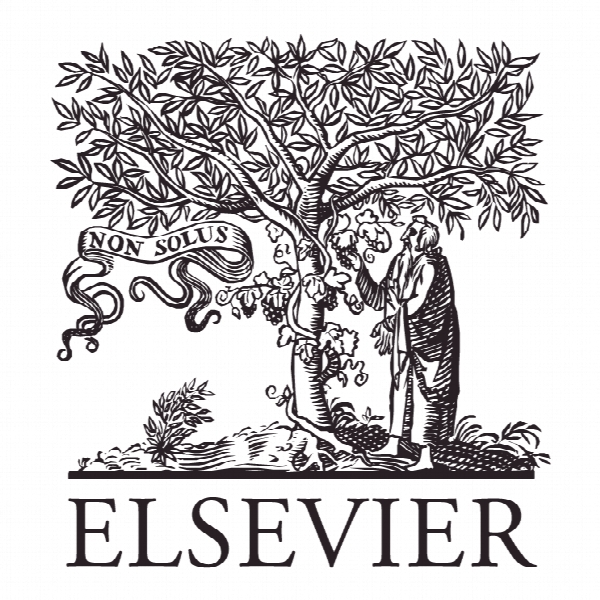لبریزی دانش در زنجیره تامین: شواهد از بخش های فناوری بالا Knowledge spillovers in the supply chain: Evidence from the high tech sectors
- نوع فایل : کتاب
- زبان : انگلیسی
- ناشر : Elsevier
- چاپ و سال / کشور: 2017
توضیحات
رشته های مرتبط مهندسی صنایع و مدیریت
گرایش های مرتبط لجستیک و زنجیره تامین
مجله سیاست تحقیق – Research Policy
دانشگاه دانشکده بازرگانی استکهلم، استکهلم، سوئد
نشریه نشریه الزویر
گرایش های مرتبط لجستیک و زنجیره تامین
مجله سیاست تحقیق – Research Policy
دانشگاه دانشکده بازرگانی استکهلم، استکهلم، سوئد
نشریه نشریه الزویر
Description
1. Introduction Innovation has long been regarded as playing a key role in the competitive advantage and survival of firms (Audretsch, 1995; Cefis and Marsili, 2006; Schumpeter, 1942). To innovate, firms can invest in internal R&D or leverage external sources of knowledge. Such external knowledge can be exchanged via spillovers, collaborations, or direct market transactions such as technology licensing. Because of the complexity, uncertainty, and costs of the innovation process, firms are increasingly actively searching for external knowledge that is complementary to in-house R&D activities (Cohen et al., 2002; Chesbrough, 2003). With regard to particular sources, firms can benefit from the innovative activities of competing firms, academic institutions, and supply chain partners. Correspondingly, survey evidence suggests that downstreampartners are animportantinformationsource for innovation (Cohen et al., 2002; Belderbos et al., 2004). In response to the practical importance of external knowledge and downstream partners in firm innovation, various streams of the management and applied economics literature provide related insights. A comprehensive body of studies has quantified the ∗ Corresponding author at: Stockholm Business School, Stockholm University, Sweden. E-mail address: olov.isaksson@sbs.su.se (O.H.D. Isaksson). impact of inter-firm knowledge spillovers on firm innovation, traditionally focusing on unintentional knowledge transfers between rival firms (Jaffe, 1986; Bloom et al., 2013). Similarly, research on multinational firms and foreign direct investment has examined technology and productivity spillovers from foreign investors to local firms (Almeida and Kogut, 1997; Görg and Strobl, 2001; Javorcik, 2004). Also, a distinct body of studies has investigated the role of downstream users as a valuable source in firms’ innovation processes (Von Hippel, 1976; Chatterji and Fabrizio, 2012). Finally, the operations management literature has explored how new product development can be improved by leveraging supplier innovation through integration and collaboration (Primo and Amundson, 2002; Azadegan and Dooley, 2010). Despite the abovementioned research on knowledge spillovers, external sources of knowledge, and supply chain relationships, we propose that combining several perspectives in one study offers new and valuable insights. In particular, our study investigates (i) the impact of buyer innovation on supplier innovation with a focus on (ii) technological innovation as reflected by patents (iii) using a quantitative empirical design with information on direct linkages between suppliers and buyers. Besides documenting the prevalence and magnitude of knowledge spillovers, we also provide insights into drivers of heterogeneity across firms. One specific characteristic of a buyer–supplier relationship is the typically high frequency of interactions between the companies, which may increase spillovers over time. Thus, we consider relationship duration as a moderating determinant for the impact of buyer innovation on supplier innovation. Furthermore, the role of technological proximity as a moderating factor may differ in the supply chain context compared with that of competing firms.


